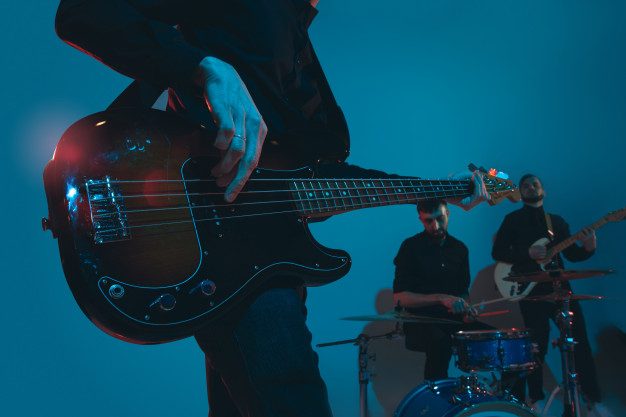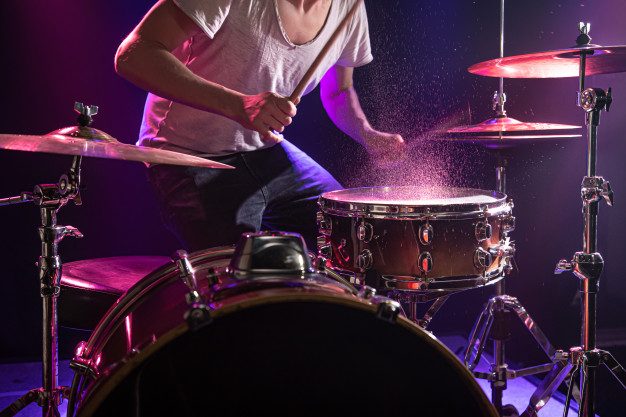Lo-fi music has taken on tons of different meanings in recent years.
The term low-fidelity once referred just to the quality of a sound signal.
Especially, a sonic signal of a poorer quality—usually one produced by cassettes.
However today, the grainy, warbling sound that got here from tape recordings and cassettes has given birth to an entire genre of music and production style.
Lo-fi music now refers to an entirely instrumental brand of sample-based hip-hop beat production—and its sprawling community of beatmakers, listeners, and live streaming playlists.
The genre has exploded in popularity over the few years past, especially on YouTube.
So that you might be keen on learning more about the new genre. Especially, if you want to create lo-fi tracks of your own.
In this article we’ll have a look at everything there’s to know about lo-fi music—the music theory behind it, the different production techniques used to make it, and where to get the most effective lo-fi samples.
Table of Contents
ToggleWhat is lo-fi music?
Lo-fi music refers to a genre of music produced with low-fidelity signals, typically re-creating the hiss, warble, and saturation of recordings made with a tape machine. Most lo-fi music draws on hip-hop influences—especially its typical drum patterns.
Lo-fi vs. lo-fi music
While today the term lo-fi refers to an entire genre of music, lo-fi traditionally referred to low fidelity sound signals.
In the past, lo-fi was not praise. In fact, most producers worked their hardest to avoid a “lo-fi” sound.
However now, with the marvels of DAWs and digital music production, a certain nostalgia for the warbling sound of cassette recordings has returned.
Today lo-fi producers use a slurry of modern production techniques to bend samples into hip-hop tracks that evoke the sounds of 90s car stereos.
Tips on how to make lo-fi music
Making lo-fi music is surprisingly simple—even when it depends on some slightly more difficult jazz theory.
That’s because it’s sample-based. You don’t essentially know the way to play certain chords on the piano or guitar when you can just sample them.
Today’s lo-fi producers bend samples into tracks that evoke the sounds of 90s car stereos.
Pretty much anyone can get started making lo-fi beats with a handful of samples and a free DAW like GarageBand.
Let’s discover a couple of the most basic elements behind making lo-fi music.
1. Sample in a DAW
The first step of this process is to learn how to sample in your DAW.
There are many methods you can use, and LANDR has created tons of content around the subject before.
However, as a basic start, you’ll either want to drop samples directly into the timeline of your DAW project or you’ll use a sampling plugin to chop the sample according to its transients.
Of course, you’ll need some good samples to work with—let’s take a look at the kinds of sounds you need to be looking for.
2. Hip-hop drum loops
Lo-fi music is based on hip-hop. Specifically, it almost entirely borrows the style of drum production found in the 90s and early 2000s hip-hop.
Hip-hop loops with snappy snares, thuddy kicks, and hissing hi-hats are staples in this genre.
However, snares, kicks, and hi-hats aren’t all you need to focus on.
There’s much lo-fi music out there that uses samples of bottles, pots, and pans, stick clicks, and pretty much any odd percussion you can imagine.
Lo-fi lends itself towards recorded samples of live percussion elements, even when some sub-genres like lo-fi trap lean towards electronically produced samples.
Live recorded samples are more popular since they’re easy to manipulate and break down into lo-fi territory and recorded drums just sound jazzier.
Speaking of jazz…
Lo-fi chord progressions
Lo-fi chord progressions are mostly simplified jazz chord progressions.
You’ll hear tons of lo-fi producers applying jazzy two-five-one chord progressions with more complicated 7th and 9th voicings in their lo-fi tracks.
We’ve known about chord progressions before, including jazz chords. So take some time to brush up on your basic music theory in case you want to write a really good lo-fi track.
Even if you don’t play guitar or piano, knowing a little theory will help what to look for when searching for the best jazzy samples.
Lo-fi instruments
Once you’re writing a lo-fi track, think like a jazz composer.
Lo-fi music crosses over with jazz in many ways— however with lots of loops. So that you’ll need to familiarize yourself with the instruments that jazz music commonly uses.
Most jazz is built on top of a rhythm section that consists of drums, double bass, and piano. So these instruments should absolutely be part of any lo-fi arrangement you make.
Of course, you can always include some spice with saxophone, trumpet, guitar, trombone, harp… just listen to a few classic jazz records and you’ll get the idea.


